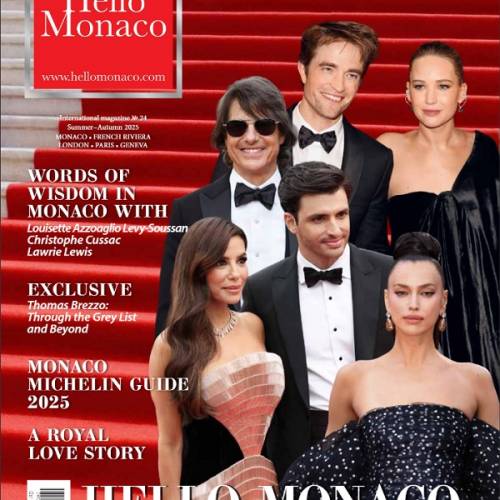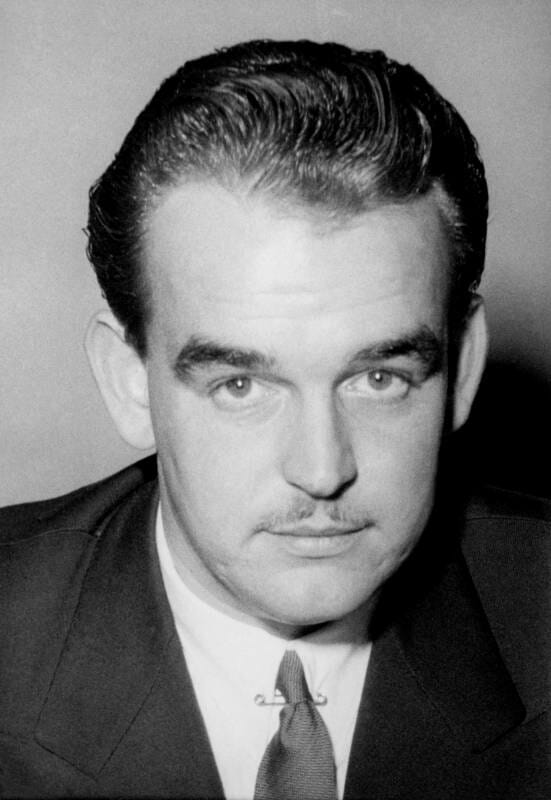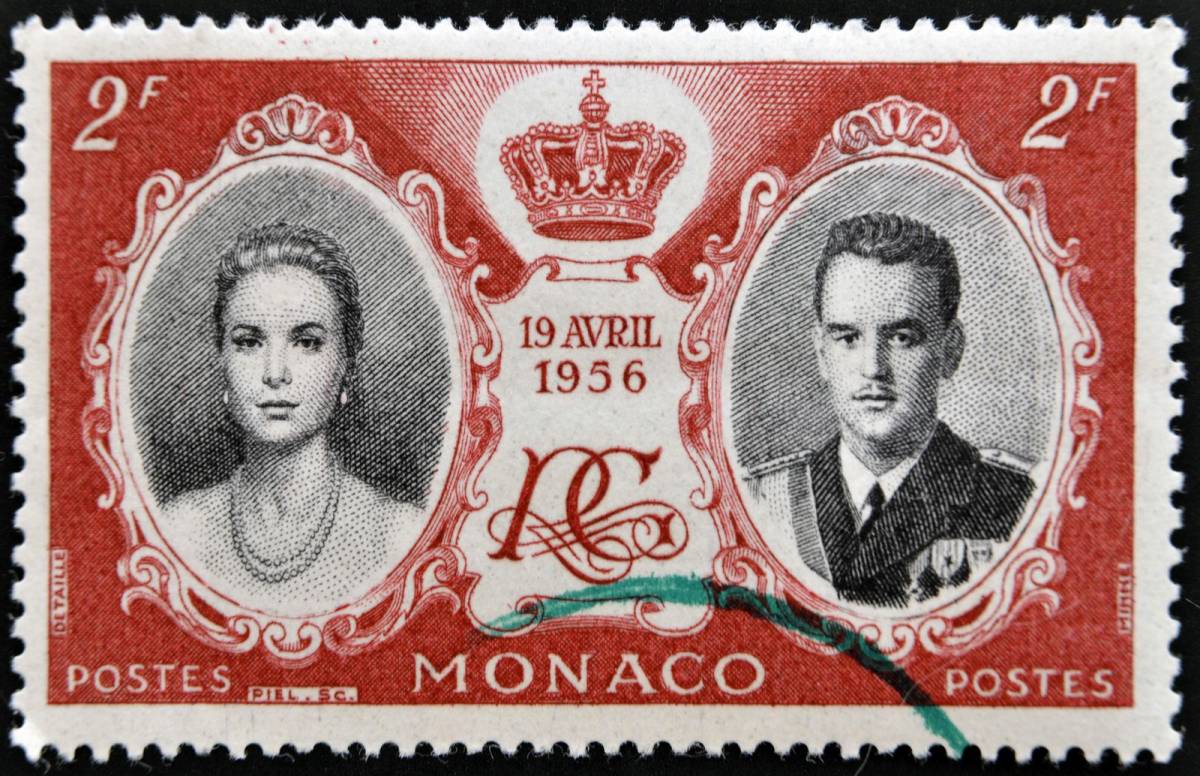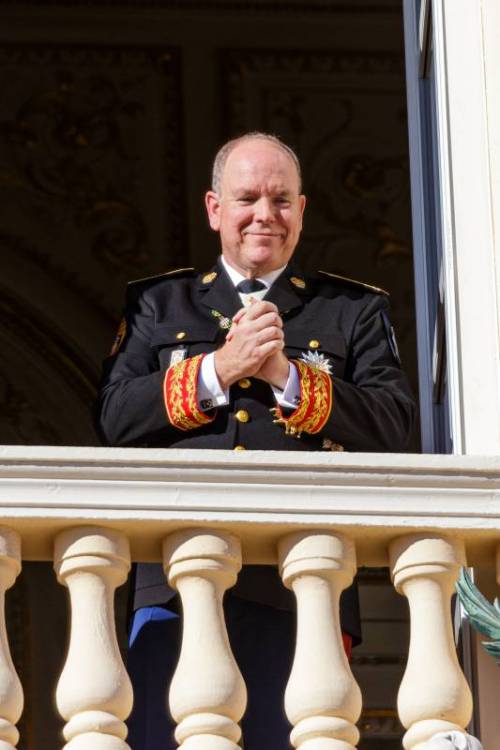Charles II, eldest son of Honore I and Isabella Grimaldi, took over as Lord of Monaco on the death of his father in 1581. It was a time of great power rivalry in Europe between France and Spain. During the childhood of his father Honore I, under a decision of Augustin, Honore’s uncle acting as Regent, Monaco had formally switched allegiances away from France and become a protectorate of Spain.
Great Rivalry Between Spain and France
Augustin had already had a number of difficult negotiations with Francis I of France. He signed the 1525 Treaty of Burgos and Tordesillas which made Monaco a protectorate of Spain while still retaining its independence. Monaco’s history always has to be viewed in relationship to the power rivalries around it, whether it be powerful feudal states or major countries and Empires. Genoa, Milan, Savoy, France and Spain and the Holy Roman Empire all had reason to want influence over the port of Monaco and the Rock’s strategic position in the Mediterranean.
The original alliance with Spain and Charles Quint had given Monaco stability extending through the reign of Honore I, such that when Charles II became Lord, Monaco’s Palace had been enlarged and Saint Nicholas Cathedral restored. And the Palace had the beginnings of what would eventually be a splendid library.
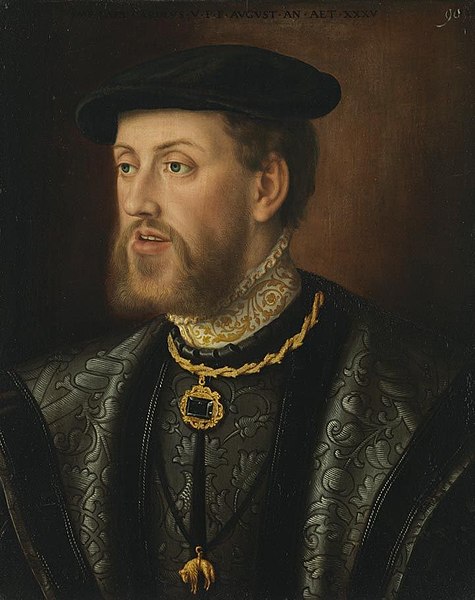
A Major Military Assault on The Rock
It fell to Lord Charles II however to deal with the continuing rivalry between France and Spain who had become Monaco’s formal protector. The Lord of Monaco did not have to wait long to be tested, and the first test, early in his reign, came in the form of a major military assault on the Rock. Monaco was attacked by 500 French and Corsican troops who attempted to storm the Grimaldi stronghold. Providence helped save Charles II and Monaco in the form of a major strategic error by the French in deploying Corsicans in the attack. How could the French forget the origin of Monaco’s patron saint, Saint Devote (Santa Devota), also revered by Corsicans as one of their own patron Saints!
Going back to the very early 4th century, in Corsica as a young Christian, Devote was arrested, imprisoned and tortured on the order of the Roman governor Diocletian. She died without denying her faith and her fellow Christians saved her body and smuggled it on a boat which a storm drove aground close to the current site of the Sainte Devote Church. Monegasques have always treasured her relics and have zealously protected them from attempts to steal them. Corsicans admire Monaco’s reverence, vigilance and loyalty to Saint Devote.
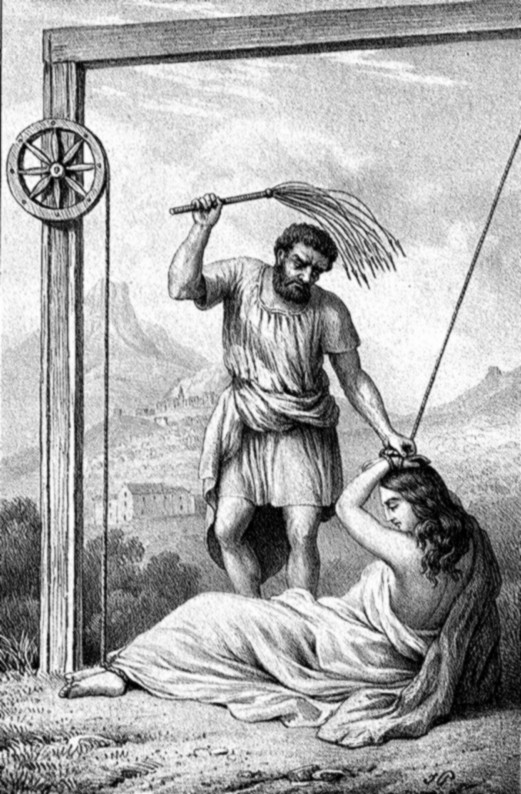
The Miracle of Saint Devote
History calls what happened in the middle of the attack a “miracle”. And the faithful will rally to this version of events:
Saint Devote appeared over the ramparts of the fort and began giving the attacking troops a severely worded rebuke. The Saint reviled the Corsicans for having the audacity to attack the Monegasques who had protected her mortal remains ever since her body arrived on the coast of Monaco. The Corsicans were in a state of terror and started to retreat and the whole attack soon fell apart, culminating in total defeat for the French.
Having given thanks to the patron saint of Monaco for this intervention and success at keeping France from conquering the Rock, Charles II would have to face other challenges from regional powers.
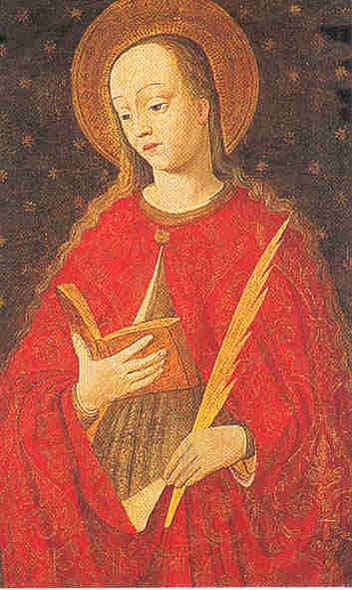
Charles II Stands Firm Against the Duke of Savoy
This time it was a tussle between Monaco and Savoy, ostensibly over Roquebrune and Menton. With physical dominion over the two towns secure, Charles II refused to pay “homage” to the Duke of Savoy that the Duke was demanding.
Spurned, the Duke of Savoy launched diplomatic and legal attacks to secure his claims to Menton and Roquebrune. To an extent the legal attacks made ground. Judgements were rendered in Savoy’s favour in 1583.In reality, Charles II and Monaco won that tussle. The situation on the ground did not change and Monaco continued its dominion over Menton and Roquebrune.
Charles II in refusing to pay homage to the Duke of Savoy upheld two important principles which to this day are rocks on which Monaco stands
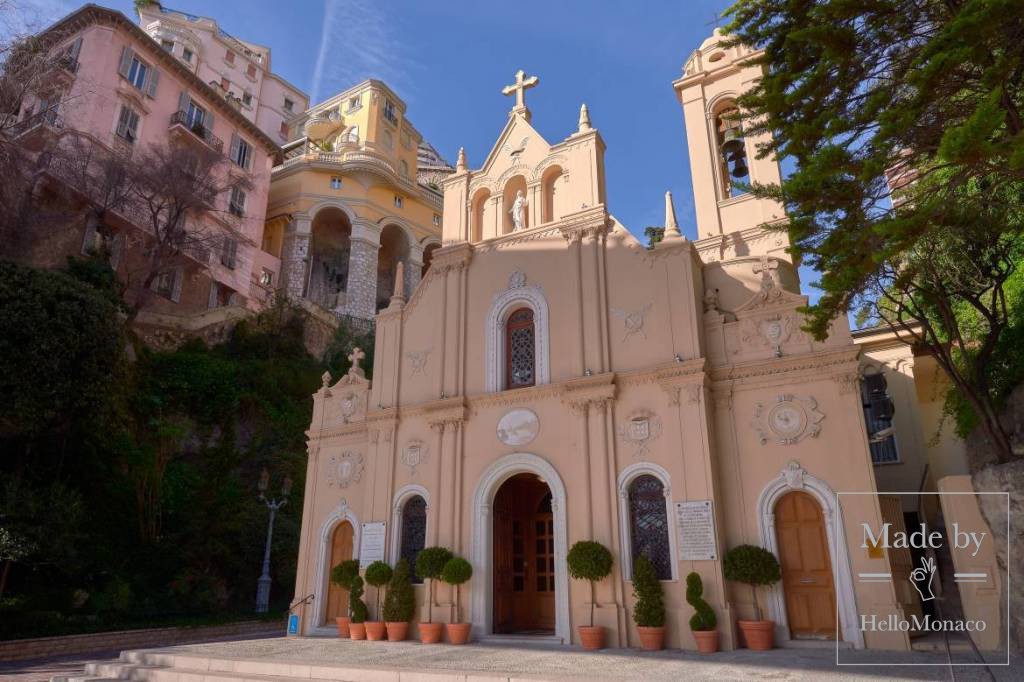
A Princely Monaco
Even though the title of Prince would not be publicly used until the seventeenth century, most notably in a high profile way first by Honore II, Monaco under Charles II had all the rights and powers of a Principality. Thus, while he could pay homage to the King of Spain as Protector he took a wise path to resist paying homage to a Duke (the Duke of Savoy) who himself had to pay homage to Spain. Dukes rank lower than Princes within the aristocracy.
An Independent Monaco
Monaco had taken two centuries establishing precedents that bolstered its independent status. This included recognition by King Charles VIII of France and the then Duke of Savoy in 1489. It was also reaffirmed by letters patent by Louis XII of France in 1512. Charles II was not going to allow the current Duke of Savoy to chip away at that principle “via the back door” in a contest of “homage” to Savoy with respect to Menton and Roquebrune.
Charles rule was not to last for very long. Unmarried and childless he died at age 34 after a short reign on May 17 1589.
The throne passed to his younger brother Hercules who inherited Monaco burdened with the continuing heavy financial costs of Spanish protection, including paying for the unpopular Spanish garrison.
Charles II will always be remembered for the miracle of Devote and successfully defending the attack on the Rock. Equally important was his resistance against the Duke of Savoy and securing Monaco’s destiny as an Independent Principality.
While Monaco’s destiny was secure, the colourful and sometime violent history at Court reached a pinnacle during the reign of Hercule.


